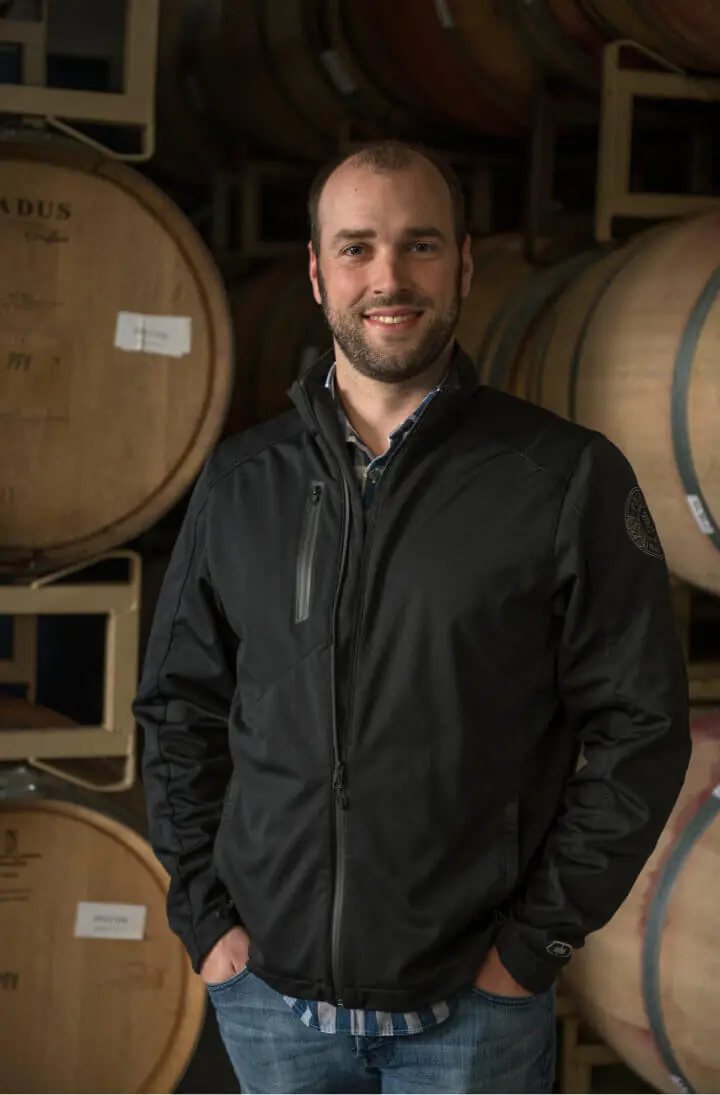Pairing wine with movies! See the trailers and hear the fascinating commentary for these movies, and many more, at Trailers From Hell. This week we put on the headphones/earbuds and let the music wash over us. Are we high? If not, we have some wine pairings to go along with the musical movies.This is one of those weeks where music and movies merge, a happy affair, for me at least, even when the sound and the pictures are not of the highest quality. The beach party movies come to mind, as do Elvis flicks. Somewhere, there is probably a home movie of the legendary 30-minute version of "Louie Louie" recorded at a Hell’s Angels party. That would fall into this category as well. But on we go to the films that reach loftier heights.
The 1986 film, Crossroads, was inspired by the legend of blues pioneer Robert Johnson. The legend says he went down to the crossroads and sold his soul to the devil to get his guitar prowess. If that's how it's done, what did Carlos Santana have to give up? Eric Clapton? Stevie Ray Vaughn? Well, that last one doesn't need answering. We know what he gave up.
For authenticity, guitar god Ry Cooder provided a lot of music for the movie, but he was passed over to play the guitarist in the film's climactic guitar battle. Ry was reportedly a little bit pissed that Steve Vai ended up shredding the hot licks. If anyone else wants to carp about the choice, Vai could easily say, "Hold my beer" while showing you a thing or two.
Napa Valley's Crossroads Wines are made by Samantha Rudd and utilize grapes with a pedigree, from places like Oakville and Mt. Veeder. You may have to shop around to find them, and you will spend $80 or more for a Cabernet Sauvignon or Cabernet Franc. Their Sauvignon Blanc runs quite a bit less.
Honeydripper was written and directed by John Sayles for a 2007 release. The plot deals with the owner of a blues club in rural Alabama and his effort to save the place by hiring a hot, young guitar man, played by Gary Clark, Jr. Keb’ Mo also appears and R&B great Ruth Brown would have had a starring role, had she lived long enough. She was replaced by Mable John.
The movie ran hot and cold for critics, with one scribe taking issue with caricatures like a "blind guitar picker, redneck sheriff, revival meetings, cotton-picking, fights in juke joints and the like." Having grown up in the American South, I can attest that blind guitar pickers, redneck sheriffs, revival meetings, cotton-picking and fights in juke joints are not so much caricatures as they are the actual stuff of everyday life.
The story is great, and the music mixes old classics like "Good Rockin" Tonight," "Move It On Over" and "Why Don’t You Do Right" with stuff penned in more modern times. Having Gary Clark, Jr and Keb’ Mo on hand certainly doesn't hurt the soundtrack's street cred.
I ran across a recipe for a cocktail called Honeydripper, but there's no booze in it. What are they thinking? Since we are safely clear of Dry January, try Batch Mead, located in Temecula. It's honey wine. Their Smokin Hickory Barrel Aged Mead doesn't sound like it would get you into a fight in an Alabama roadhouse in 1950. Well, actually, it does. Try it anyway.
Charlie Parker's brief life was directed for the big screen by Clint Eastwood. The biopic Bird showed the saxophonist's connection with his wife, Chan, and trumpeters Dizzy Gillespie and Red Rodney. Red and Bird were drug buddies of a sort, and the heroin no doubt contributed to Parker's fatal heart attack at the age of 34. As for Rodney, he lived to be 66, although he was plagued by heroin addiction, stroke and lung cancer for many of those years.
Despite the fantastic performance by Forest Whitaker as Parker, the movie stands as one of Eastwood's least successful films. It has a solid following these days, particularly among jazz fans. The soundtrack features re-recorded tracks with Parker's sax work extracted from original takes and cleaned up through the magic of modern audio technology.
How can we not give at least a cursory glance to Jazz Cellars? They are in the Sierra Foothills village of Murphys, California, the town that needs to either drop the S or add an apostrophe. Their Grenache Rosé is a $24 bottle of Calaveras County grapes, jazzed up to a beautiful pinkish hue.
Follow Randy Fuller on X





















